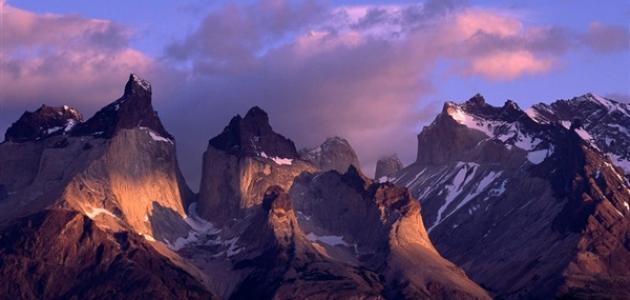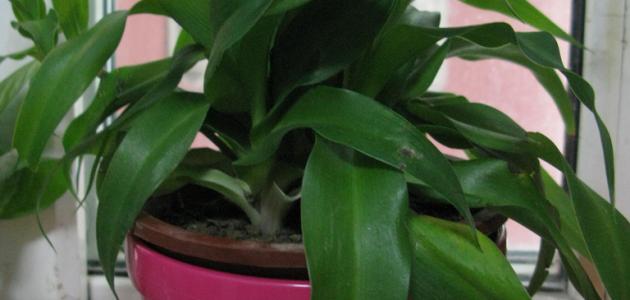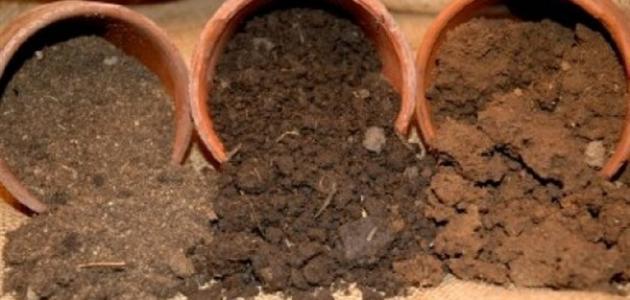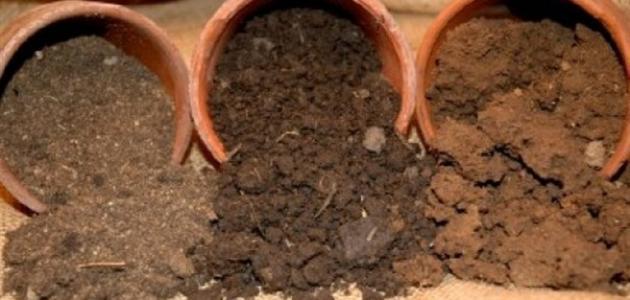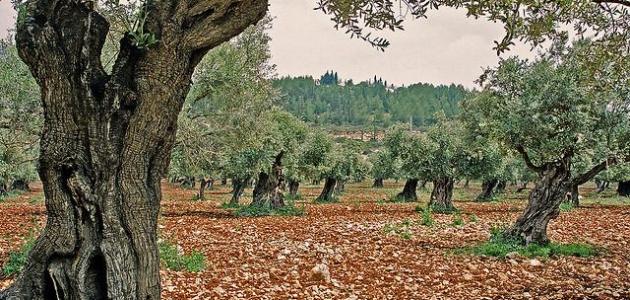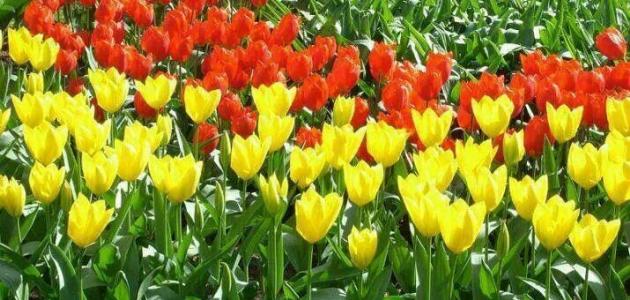Kingdom of Saudi Arabia
The Kingdom of Saudi Arabia occupies a location in the continent of Asia in the southwest of it; It is bordered to the west by the Red Sea, to the east by the Arabian Gulf, the Emirates, and the State of Qatar, to the north by the State of Kuwait, Iraq, and Jordan, while to the south there are Yemen and the Sultanate of Oman, and with regard to the area of the Kingdom, it occupies Four-fifths of the Arabian Peninsula, with an area of 2,000,000 km2 Almost, as for its geographical features; It is a diverse natural topography; due to its wide area; It contains many plains, such as: the Tihama plain that extends over the Red Sea, the eastern coastal plain, the plains of Najd, and many mountain ranges, such as: the Sarawat Mountains, the Tuwaiq Mountains, Arid, Aja, and Salma, and many large valleys, such as: Wadi Al-Hamd, Wadi Najran, Wadi Yanbu, Wadi Bisha, Wadi Jazan, Wadi Fatimah, Wadi Tathleeth, Wadi Al-Rama, Wadi Al-Dawasir, as for the flag of the Kingdom of Saudi Arabia; It has a rectangular shape, and a width equal to two-thirds of its length, and it has a green ground in the middle of which is the slogan of martyrdom (there is no god but God and Muhammad is the Messenger of God), and at the bottom of it is a sword whose fist is directed towards the flag pole, and it is painted in white, and it is worth noting that the currency is in circulation In the kingdom, it is the Saudi riyal.
The longest mountain range in the Kingdom of Saudi Arabia
The Hijaz mountain range extending along the Red Sea, or as some call it (the Sarawat mountain range), is the longest mountain range in the Kingdom of Saudi Arabia, and it is one of the most important terrains that exist within the Arabian Peninsula in terms of extension and height, and the further south is directed The height and breadth of the mountain increased, and the chain starts from the city of Aqaba in the north to the city of Yemen in the south, and the Hijaz Mountains are divided into three sections:
Read also:Research on the importance of water, air and plants- Midyan Mountains, which are located in the north, and are considered to be of low height, except for some mountains that have high peaks.
- The Hijaz Mountains, which are located in the middle, are of medium height.
- The Sarawat Mountains, which are located in the south, are among the mountains of great height, and there is one of the highest peaks in the Kingdom, called (Al-Sawda Mountain), which is close to the city of Abha, and the height of this peak is 3015 meters above sea level.
And an extension of the Hijaz Mountain towards the west, and almost parallel to the mountains, there is the highest mountain, Shada. The mountain is about 2200 meters above sea level, and these heights mainly consist of basalt rock, and several valleys descend from it. There is a natural reserve in this mountain, and it was given the same name that is given to the mountain. That is, the Jabal Shada Al-Ala Reserve, and this reserve is located in the southwest of the North Baht region, northwest of Al-Makhwah Governorate, at a distance of 20 km, and its area is 68.62 kmXNUMX.2This reserve contains many trees, such as: juniper, al-Atm, or what is known as (wild olive), and many other shrubs and herbs. As for the animals that are found in it, the most important of them are: the Arabian tiger, the striped hyena And the Arabian wolf, the fox, and finally the lynx.
Read also:How did life begin on earthOther geographical aspects of Saudi Arabia
The Kingdom of Saudi Arabia has many other geographical features, including:
- The coastal plains, as there are only two coastal plains in the Kingdom of Saudi Arabia, namely:
- The western coastal plain: It is the plain that overlooks the Red Sea, or is parallel to it, and it is also known as (Tihama Plain), and it is located between the Red Sea and the western heights that are located beside it, and whenever the direction is made towards the north, the plain narrows, and whenever it is directed towards the south, it expands. It also has other names that are considered local names, for example in the city of Hijaz it is called (Tihama Al-Hijaz), and in the city of Asir it is called (Tihama Asir).
- The eastern coastal plain: It is the plain overlooking the Arabian Gulf, and it is sandwiched between the Gulf and a plateau called (Habat al-Suman), and most of it is covered with sand, and there are no valleys within it.
- Plateaus: There are many plateaus that spread in the Kingdom, and they differ in their areas and heights, including:
- The Western Plateaus: They are plateaus located on the eastern side of the Hijaz Mountains, the most important of which are: Najran Plateau and Asir Plateau.
- Najd Plateau: It is located in the center of Saudi Arabia, and it is wide and inclusive of most parts of the Kingdom, and there are some mountain ranges in it, such as: the Tuwaiq and Shammar mountains, and several valleys permeate it.
- The eastern plateaus: such as the plateau of Al-Samman and Al-Dabbeh.
- The northern plateaus: It is located between the borders of the Kingdom of Jordan, the Iraqi borders, and the Kuwaiti borders from the north side, and the Nufud desert from the south side. Examples of these plateaus are: Al-Hammad Plateau and Al-Hujrah.
- Sandy deserts: a land covered with sand dunes of different thicknesses. The area of sand inside the Kingdom is estimated at about a third of the area of Saudi Arabia, and Saudi Arabia contains many sandy deserts, including:
- Al-Nufout Desert: It is the desert located in the north of the Kingdom, between the city of Hail located in the south in relation to the desert, and the city of Al-Jawf in the north in relation to the desert. This desert also occupies an area that takes the shape of a triangle, and occupies an area equal to 64,000 km2.
- Al-Dahna Desert: It is the desert that is in the form of an arc extending for a distance of 1200 km. As it connects the desert of influence in the north, and the desert of the Empty Quarter towards the south.
- The Empty Quarter Desert: It is a desert located in the south, and it is considered one of the largest sandy deserts that form a link between the Kingdom and the world, and it occupies an area of 600.000 square kilometers.2.
